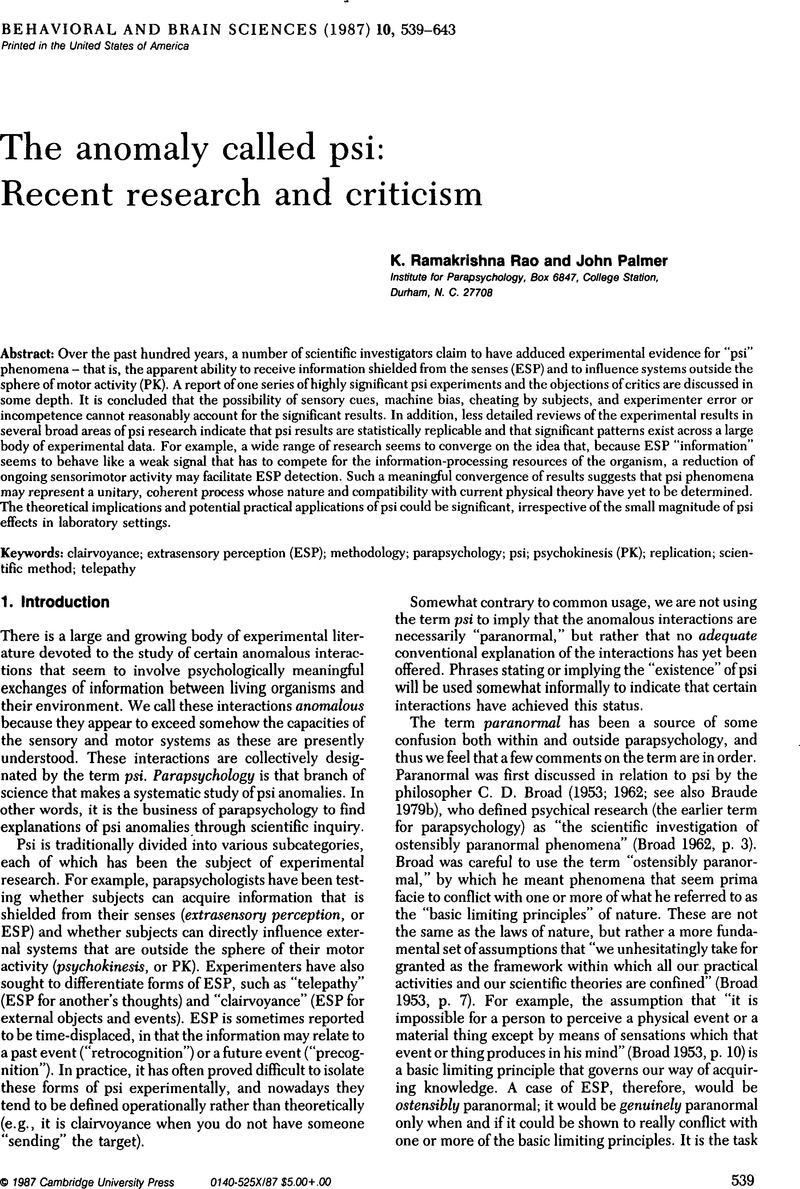Heidelberger, M. (in press a) Das leib-seele-problem bei Fechner. Paper presented at the International Symposium on Gustav Theodor Fechner, the Institut fur Geschichte der Neueren Psychologie, Universitat Passau, Federal Republic of Germany,
06 1987. To be published by Passavia Verlag, ed.
Brozek, J.,
Gundlach, H. &
Traxel, W.. [WRW]
Google Scholar 